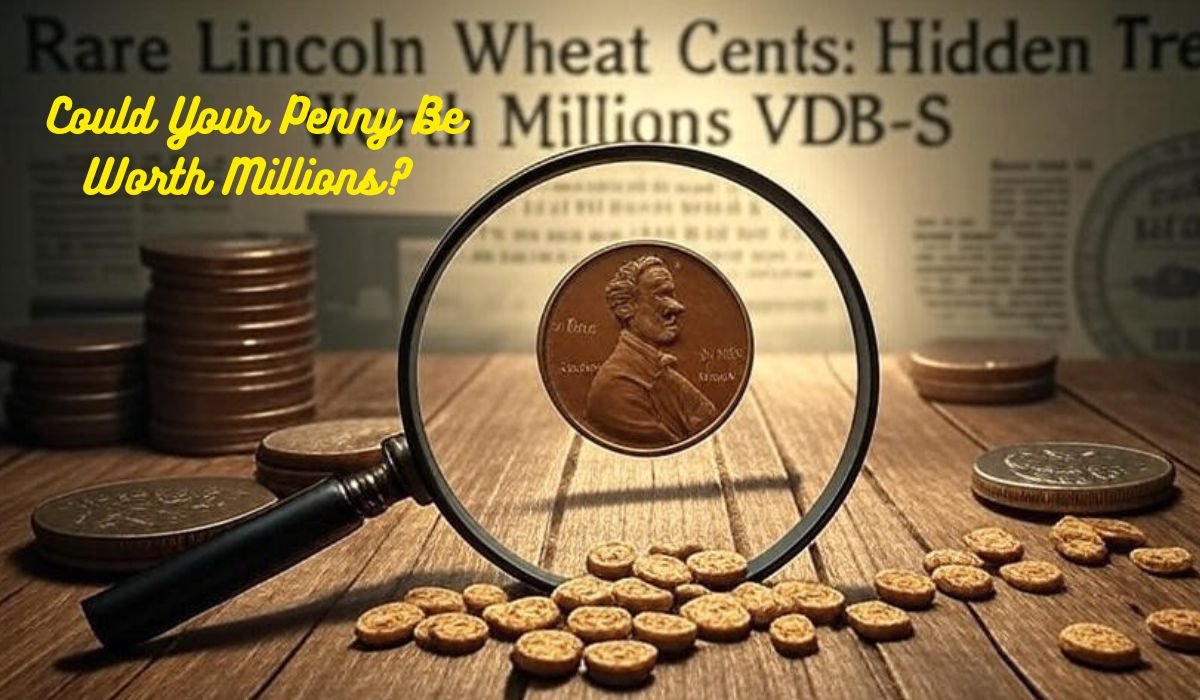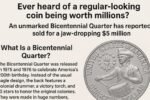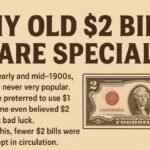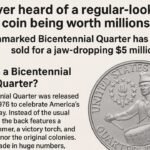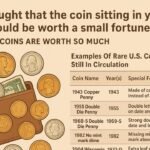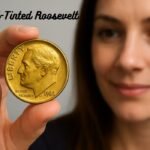Most people throw pennies into jars or let them gather dust at the bottom of a drawer. But what if one of those little coins could make you rich? Yes, some Lincoln Wheat Cents are so rare that they can sell for thousands—or even millions—of dollars. Sounds unbelievable? Let’s dig in.
What Is a Lincoln Wheat Cent
The Lincoln Wheat Cent is an American penny made from 1909 to 1958. On the front, it has Abraham Lincoln’s face. On the back, there are two wheat stalks—hence the name “Wheat Cent.” These coins are made mostly of copper and have become popular among coin collectors.
Why Some Wheat Cents Are So Valuable
Not all Wheat Cents are worth a fortune. Most are worth just a few cents. But rare ones are like hidden treasure. They become valuable because of minting mistakes, low production numbers, or special historical value. Think of them like rare stamps—most are common, but the rare ones can make your wallet happy.
Famous Rare Lincoln Wheat Cents and Their Values
Coin Type Year Special Feature Estimated Value Range
1909-S VDB 1909 Designer initials on reverse $1,000 – $3,000+
1914-D 1914 Low mintage from Denver mint $300 – $5,000+
1922 No D 1922 Missing Denver mint mark $500 – $10,000+
1943 Copper 1943 Struck in copper, not steel $100,000 – $1,700,000+
1955 Doubled Die Obverse 1955 Doubled letters on the front $1,000 – $15,000+
The Legendary 1943 Copper Penny
This is the king of all pennies. During World War II, pennies were made from steel to save copper for the war. But a few copper planchets (blanks) accidentally got used in 1943. These mistakes are now some of the rarest coins in U.S. history. If you find one, you might just be holding a small, brown lottery ticket.
How to Check If Your Penny Is Rare
Finding a rare penny is like looking for a needle in a haystack—but it’s possible. Here’s what to look for:
Check the date and mint mark (the small letter under the date).
Look for unusual details, like doubled letters or missing marks.
Use a magnifying glass to see small differences.
Compare your coin to pictures of known rare Wheat Cents.
Where to Search for These Pennies
Your best chance might be right at home. Search old jars, piggy banks, or coin collections from grandparents. You can also check flea markets, estate sales, and antique shops. Sometimes, the most valuable finds come from the least expected places—like getting change at the grocery store.
Tips for Selling a Rare Penny
If you think you’ve found a rare Lincoln Wheat Cent, don’t just rush to sell it. First, get it verified by a professional coin grading service. They can confirm its authenticity and give you a grade that will help set its value. Then, you can sell it at auctions, coin shows, or to serious collectors.
Why Coin Collecting Is More Than Just Money
Sure, finding a penny worth millions sounds exciting. But collecting coins is also about history, stories, and connection. Each coin is like a time machine—it carries the year, the events, and the people who used it. Even if your penny isn’t rare, it’s still a piece of American history.
Conclusion
Your everyday pocket change could hide a fortune. The Lincoln Wheat Cent is proof that small things can hold big surprises. So, the next time you spot an old penny, don’t ignore it—flip it over, check the date, and maybe, just maybe, you’ll discover a treasure worth more than you ever imagined.
FAQs
What years should I look for in Wheat Cents?
1909, 1914, 1922, 1943, and 1955 are good starting points.
How do I know if my penny is copper or steel?
Use a magnet—steel pennies stick, copper ones don’t.
Where can I get my coin checked?
Professional coin grading services like PCGS or NGC can help.
Can I find rare pennies in circulation today?
Yes, but it’s rare. You have a better chance in old collections or jars.
Do cleaned coins lose value?
Yes. Cleaning a coin can damage it and lower its price.
